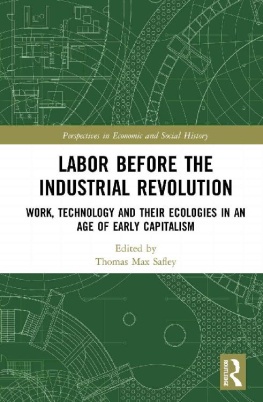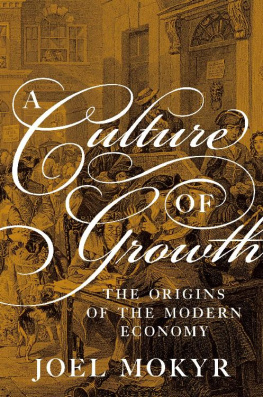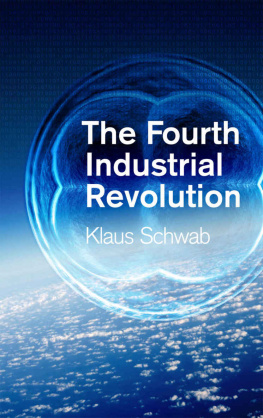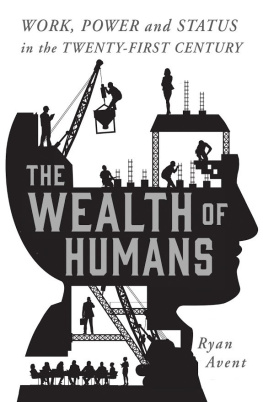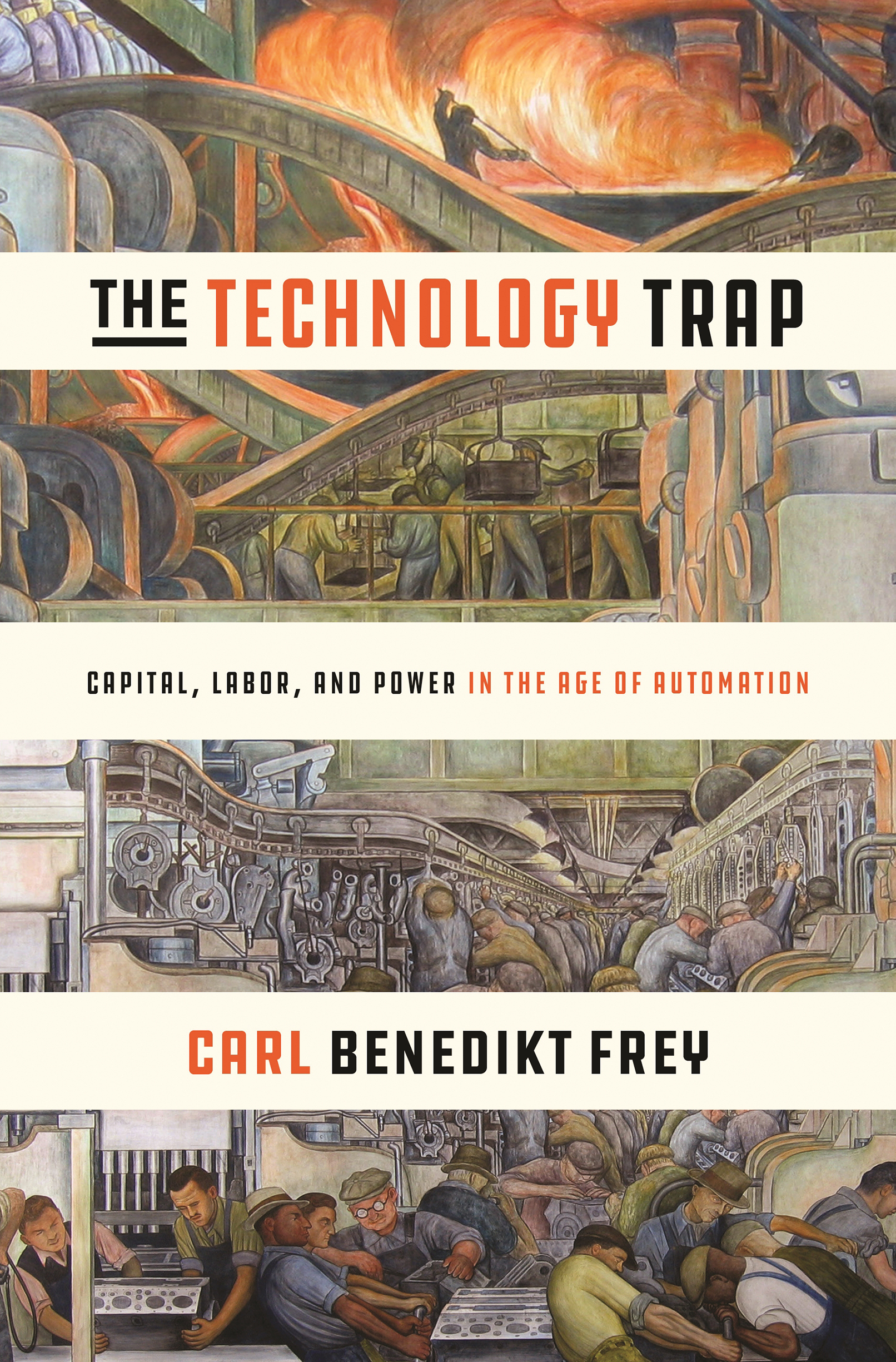Carl Benedikt Frey - The Technology Trap: Capital, Labor, and Power in the Age of Automation
Here you can read online Carl Benedikt Frey - The Technology Trap: Capital, Labor, and Power in the Age of Automation full text of the book (entire story) in english for free. Download pdf and epub, get meaning, cover and reviews about this ebook. year: 2019, publisher: Princeton University Press, genre: Politics. Description of the work, (preface) as well as reviews are available. Best literature library LitArk.com created for fans of good reading and offers a wide selection of genres:
Romance novel
Science fiction
Adventure
Detective
Science
History
Home and family
Prose
Art
Politics
Computer
Non-fiction
Religion
Business
Children
Humor
Choose a favorite category and find really read worthwhile books. Enjoy immersion in the world of imagination, feel the emotions of the characters or learn something new for yourself, make an fascinating discovery.

- Book:The Technology Trap: Capital, Labor, and Power in the Age of Automation
- Author:
- Publisher:Princeton University Press
- Genre:
- Year:2019
- Rating:3 / 5
- Favourites:Add to favourites
- Your mark:
The Technology Trap: Capital, Labor, and Power in the Age of Automation: summary, description and annotation
We offer to read an annotation, description, summary or preface (depends on what the author of the book "The Technology Trap: Capital, Labor, and Power in the Age of Automation" wrote himself). If you haven't found the necessary information about the book — write in the comments, we will try to find it.
From the Industrial Revolution to the age of artificial intelligence,The Technology Traptakes a sweeping look at the history of technological progress and how it has radically shifted the distribution of economic and political power among societys members. As Carl Benedikt Frey shows, the Industrial Revolution created unprecedented wealth and prosperity over the long run, but the immediate consequences of mechanization were devastating for large swaths of the population. Middle-income jobs withered, wages stagnated, the labor share of income fell, profits surged, and economic inequality skyrocketed. These trends, Frey documents, broadly mirror those in our current age of automation, which began with the Computer Revolution.
Just as the Industrial Revolution eventually brought about extraordinary benefits for society, artificial intelligence systems have the potential to do the same. But Frey argues that this depends on how the short term is managed. In the nineteenth century, workers violently expressed their concerns over machines taking their jobs. The Luddite uprisings joined a long wave of machinery riots that swept across Europe and China. Todays despairing middle class has not resorted to physical force, but their frustration has led to rising populism and the increasing fragmentation of society. As middle-class jobs continue to come under pressure, theres no assurance that positive attitudes to technology will persist.
The Industrial Revolution was a defining moment in history, but few grasped its enormous consequences at the time.The Technology Trapdemonstrates that in the midst of another technological revolution, the lessons of the past can help us to more effectively face the present.
Carl Benedikt Frey: author's other books
Who wrote The Technology Trap: Capital, Labor, and Power in the Age of Automation? Find out the surname, the name of the author of the book and a list of all author's works by series.







